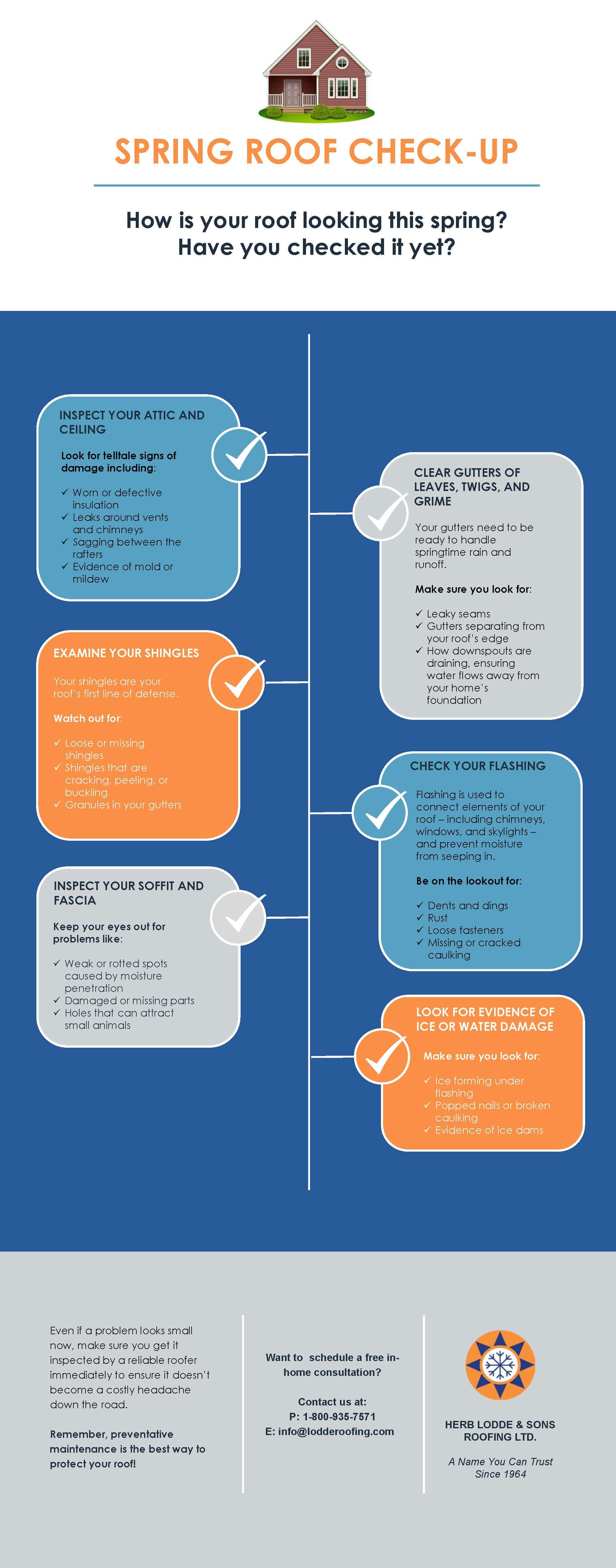Learn How Different Weather Conditions Affect Your Roofing System Installment And Guarantee A Job Well Done
Learn How Different Weather Conditions Affect Your Roofing System Installment And Guarantee A Job Well Done
Blog Article
Short Article Written By-Vick Hedegaard
When it involves roof installations, the weather condition can make or break the job. Envision the frustration of dealing with products that won't work together as a result of extreme heat or fighting slippery surfaces brought on by unexpected rain. Understanding the impact of weather conditions on your roof covering task is important for a successful outcome. So, allow's discover how various weather components can influence the high quality and resilience of your roofing installation, guaranteeing a task well done.
Effect of Temperature Level on Roof Covering Setup
When it comes to roof installment, temperature plays a crucial duty at the same time. The optimal temperature level for roof jobs typically falls in between 45 and 85 levels Fahrenheit. Extreme warm can create materials like shingles to come to be too pliable, bring about possible damages during installation. On the other hand, cold temperatures can make materials weak and vulnerable to fracturing. It's important to arrange roofing system installations throughout modest temperature levels to ensure the very best outcome.
During colder weather condition, professionals may require to take additional preventative measures such as using warmed devices or allowing products to warm up prior to installation.
On the other hand, heat may call for job to be done previously or later on in the day to stay clear of the peak temperature levels. By considering the temperature level and its effects on roofing products, you can assist make sure an effective installation that will hold up against the aspects for several years ahead.
Result of Precipitation on Roofing Projects
Roof jobs can be considerably impacted by rainfall, influencing both the timeline and the high quality of the installation. Rain or snow can create slippery problems, making it risky for roofing professionals to work with a wet surface area. Additionally, dampness can endanger the adhesion of products like roof shingles or underlayment, leading to prospective leaks or problems in the future.
If it rains during a roof task, the water can permeate right into susceptible locations, triggering hold-ups as the installment team need to wait on the roof to dry prior to continuing. Too much wetness can also advertise the growth of mold and mildew and mold, further jeopardizing the integrity of the roof covering.
To stay clear of these problems, it's recommended to schedule roofing tasks throughout drier periods or keep an eye on the weather prediction carefully to prepare around any type of potential rainstorms. By taking precautions to operate in favorable weather, you can make certain a smoother and a lot more effective roof installment process.
Influence of Wind Rate on Setup Success
During roof covering setup, the rate of the wind plays a critical role in figuring out the success of the task. https://commercial-roofing-soluti61505.blogthisbiz.com/39039054/as-you-browse-the-diverse-roof-options-focus-on-the-crucial-aspects-that-will-protect-a-choice-that-enhances-your-home-s-beauty-and-stands-up-to-the-examination-of-time can present substantial obstacles to roofing professionals, possibly leading to safety hazards and quality issues. When wind speeds surpass suggested restrictions, it comes to be hard to deal with products, raising the threat of accidents and damages to the roofing products. Solid gusts can likewise influence the precision of measurements and the accuracy required for proper setup.
To make certain a successful roofing system installation, it's essential to keep an eye on and take into consideration wind rates. Preferably, roofing installation ought to happen on days with low to modest wind rates. This not only improves the safety and security of the employees however also boosts the general top quality of the setup.
Roofing tasks scheduled throughout tranquil climate condition are more probable to be completed effectively and with fewer mistakes. By paying attention to wind speed projections and planning accordingly, you can help guarantee a smooth and effective roofing system installation process.
Conclusion
So, when it pertains to roof covering installation, bear in mind to take into consideration the weather conditions to guarantee a successful task. you can check here , completely dry problems, and moderate wind speeds are vital aspects to prioritize for a smooth setup procedure. By scheduling your task throughout the best periods and ideal weather conditions, you can attain a resilient and resilient roof covering that will certainly shield your home for several years ahead.
